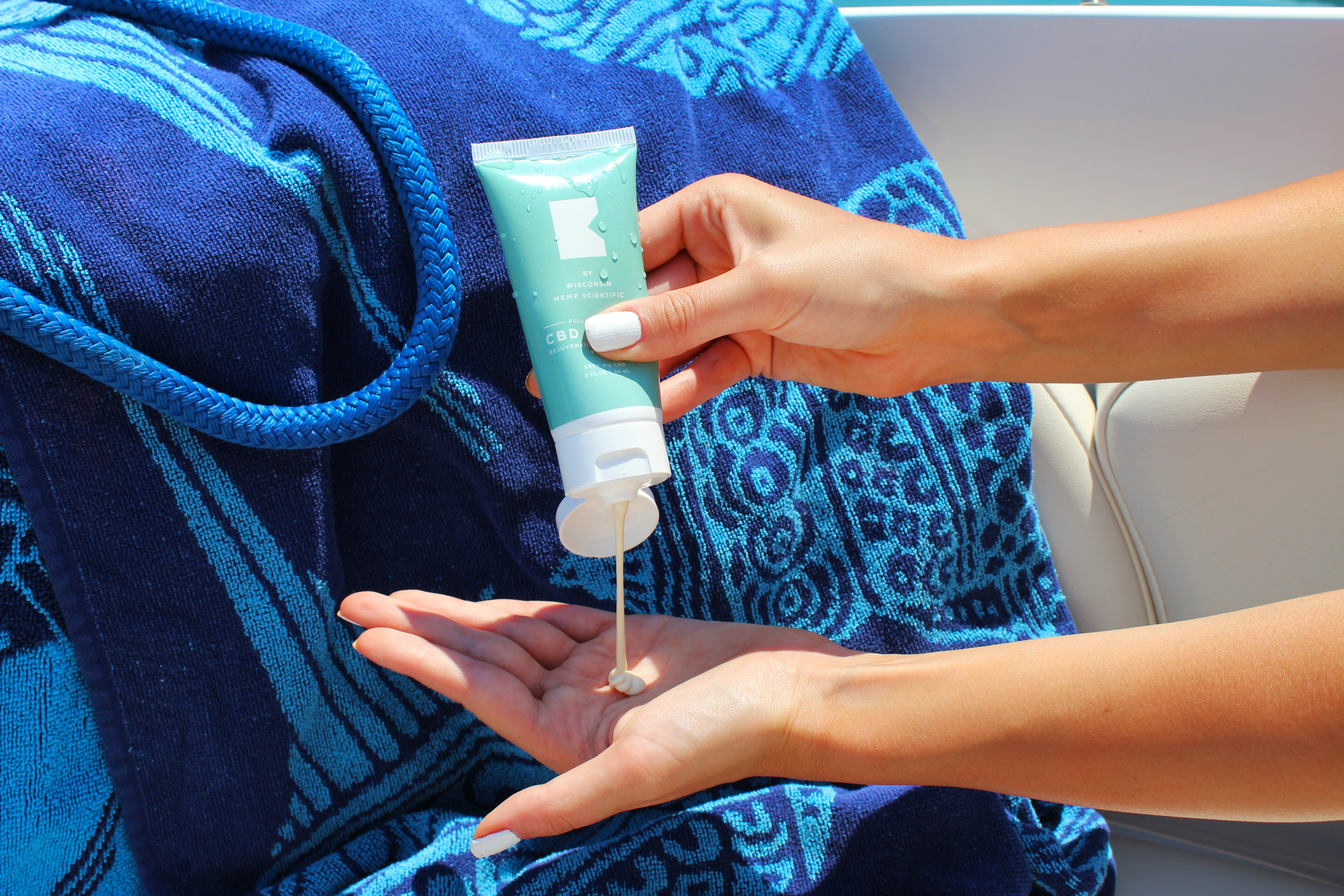Protecting Your Skin From the Sun

How to Protect Your Skin from the Sun
Posted by Molly Riedel on June 9, 2022
Sunscreen alone is not enough—seek shade. Especially between 10am and 4pm. Our skin needs protection from the sun’s harmful ultraviolet (UV) rays whenever we are outdoors. Find shade under a tree, an umbrella, or a pop-up tent. Use these options to prevent sunburn, not to seek relief after it’s happened.
Cover up. When possible, long-sleeved shirts and long pants and skirts can provide protection from UV rays. A dry and darker colored t-shirt offers much more UV protection. Some clothing certified under international standards comes with information on its ultraviolet protection factor.
Get a hat. Hats that shade the face, scalp, ears, and neck are easy to use and give great protection. Baseball caps are popular among kids, but they don’t protect their ears and neck. If your child chooses a cap, be sure to protect exposed areas with sunscreen.
Wear sunglasses. They protect your eyes from UV rays, which can lead to cataracts later in life. Look for sunglasses that wrap around and block as close to 100% of both UVA and UVB rays as possible.
Apply sunscreen.
• Use sunscreen with at least SPF 15 and UVA and UVB (broad spectrum) protection every time you go outside.
• For extended outdoor activity, use a water-resistant, broad spectrum (UVA/UVB) sunscreen with an SPF of 30 or higher and apply sunscreen generously 30 minutes before going outdoors.
• Be sure to protect ears, noses, lips, and the tops of feet.
• Apply 1 ounce (2 tablespoons) of sunscreen to your entire body 30 minutes before going outside.
• Reapply every two hours or immediately after swimming or excessive sweating.
• Keep newborns out of the sun. Sunscreens should be used on babies over the age of six months.
• Remember to plan ahead, and keep sun protection handy—in your car, bag, or child’s backpack.
Avoid tanning and UV tanning beds.
All products do not have the same ingredients. If your or your child’s skin reacts badly to one product, try another one or call a doctor.
Turning pink? Unprotected skin can be damaged by the sun’s UV rays in as little as 15 minutes. Yet it can take up to 12 hours for skin to show the full effect of sun exposure.
Cool and cloudy? Everyone still needs protection. UV rays, not the temperature, do the damage. Clouds do not block UV rays, they filter them—and sometimes only slightly.
What Sunscreens work best?
The best sunscreens are the ones that you will use. Try different ones to see what works for you.
Here are Consumer Reports' suggested sunscreens:
Lotions
- Neutrogena Ultra Dry-Touch Sunscreen SPF 55. ...
- ISDIN Eryfotona Actinica Ultralight Emulsion Sunscreen SPF 50+ ...
- La Roche Posay Anthelios Sunscreen Milk Lotion
- Blue Lizard Australian Sunscreen, Sensitive SPF 30+, 5-oz. ...
- Equate (Walmart) Sport Lotion SPF 50
- Kiehl’s Activiated Sun Protector Lotion SPF 30
Spray and stick
- Alba Botanica Hawaiian Coconut Clear Spray SPF 50
- Sun Bum Spray SPF 50
- Traders Joe’s Spray APF 50





Login To Leave Comment